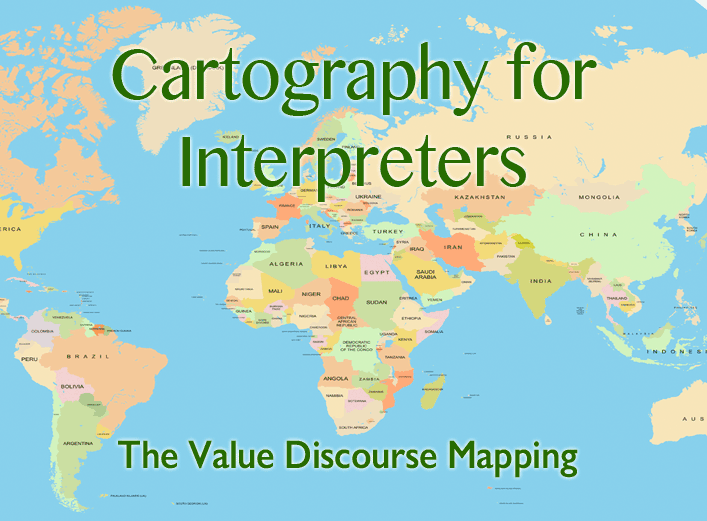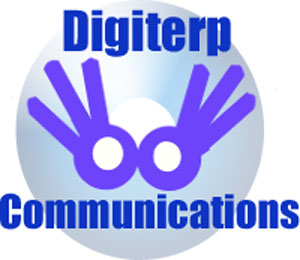
March 3, 2017
Eastern Kentucky University
Workshop Presentation & Handout
Click the buttons below to access resources for the presentation.
Workshop Description
Workshop Description
Educational discourse is highly structured, with predictable and repeated patterns through all grades and types of classroom activities. Interpreters need to have strong mental maps of these discourse types and be able to express them clearly through use of space and prosodic features in ASL. This workshop will use a combination of discussion and interactive activities to develop the knowledge and practice the skills that address the following challenges:
- What are the patterns of language in use in the classroom?
- What are the various options for use of space in ASL and how can they most effectively convey classroom content
- What is prosody and how can we represent English prosodic features in a visual form?
Educational Objectives:
. Successful participants will be able to:
- To list at least 5 features of discourse maps;
- To compare and contrast texts (both ASL and English) with and without discourse mapping features;
- To practice the use of discourse mapping within a rehearsed interpretation.
Workshop Resources
Workshop Resources
Each of the titles in the list below is a link. When you click on the title, it will reveal a series of resources contained in that category.
Discourse Mapping
How We Learn
Learning from Cognitive Science and Psychology
For the grant project that I am working with the CATIE Center on, this is a real focus for me now – looking at evidence-based practices for how we actually learn. Here are the two books that I am finding extremely helpful.
Make It Stick: The Science of Successful Learning
by Brown, Roediger, and McDaniel Published in 2014.
This books uses stories to illustrate evidence-based practices that help promote durable learning – that is things that last beyond regurgitating items for a test. Here are some of the principles that help learning last:
- Effective learning is effortful. (If it is easy, you probably won’t remember it for the long-term.)
- Effective learning is spaced out. (Waiting a week and then testing yourself to try to see if you remember the information – using techniques like flash cards to make yourself try to remember – and then checking to see if you did accurately.) It is the trying to remember that actually helps establish the neural pathways which allow you to retrieve information for use.
- Effective learning includes reflection, elaboration, and generation. Reflect: look back on what you studied and think of how it connects with what you already know; elaborate: make connections to other concepts you use and see how the ideas can be tied together into a mental model; and generate: imagine how you would apply the concepts in future scenarios.
- Effective learning uses dynamic assessment. This includes frequent and low-stakes assessment – like quizzes that both help you know where you stand and also force you to try to retrieve information. Research shows that this is much better time spent than re-reading or re-watching texts.
I really suggest that this is a book worth reading – to help you learn some powerful tools – and perhaps even more importantly, to be motivated to try some of these new techniques because research also shows that though they produce good results, people sometimes prefer what is familiar because it feels easier and gives the illusion of knowledge. You might feel like you are learning things more quickly using strategies like re-reading a text – but the reality is that it won’t stick.
Thinking Fast & Slow
by Daniel Kahneman. Published in 2011.
A book for the lay person by an economic psychologist and Nobel Prize laureate, Kahneman lays out many principles of how our brains work that have an impact on the way we learn. He uses a great number of examples for the two systems of our brain:
- System 1: Our automated brain that is the “thinking fast” part of how we deal with the world. This is a system designed to make connections, fit information into a cohesive narrative, and jump to conclusions. It also sometimes fools us and makes serious mistakes because of a number of biases that are built into the process.
- System 2: This is the part of our brain requiring conscious effort and is designed to be a check on system 1. This is the “thinking slow” part.
Kahneman lays out a number of psychological experiments that have demonstrated how these two systems interact and how we sometimes get caught up in thinking errors because we believe we are making decisions solely with our system 2, but that they are often influenced by our system 1.
Posted in: Discourse Mapping, Emerging Paradigm Resources, In Service to Literacy
Discourse Mapping Resources
Resources for Discourse Mapping
Discourse mapping is a term used for both the process of analyzing texts in interpreter education and skill development and the features of an interpretation that use linguistic features to create a connected and cohesive product. These resources are related to both doing the analysis and being able to create more effective discourse mapping in your work.
Analyzing Discourse: An independent study packet for working with Life in Parallel
This is a packet that takes you through a step by step process for doing discourse analysis.
Navigating Discourse Genres: Canoeing in the BWCA
This video series features a Deaf woman and a hearing man talking about their experiences canoeing in the Boundary Waters Canoe Area Wilderness. There are 6 parallel talks in this topic in the following genres: narrative, procedural, explanatory, hortatory, and argumentative.
Depiction, Blending, and Constructed Action
Miako Rankin, from Gallaudet University, did a workshop on Depiction that provides a good framework on how space is used, how classifiers are incorporated into that, and how depiction of action and conversation is an important framework for helping to understanding the mapping of space and discourse.
Videos for Discourse Mapping
A Source Text for Discourse Mapping Practice
Source Text with Processing Time
Translations without Mapping
To the best of our ability
With Mapping
Slavery and American Revolution
Source Text
No Mapping
With Mapping
Echolocation
The original lecture
With Commentary on Fingerspelling & Discourse Mapping features
A High School Anatomy Lecture
Posted in: "Cartography for Interpreters" Resources, "TIPS-Light" Resources, Discourse Mapping, In Service to Literacy, Mentoring Resources, Moving toward Best Practice, Putting Theory into Practice, Sense of Place, Swiss Army Knife Tools
In Gratitude
Thanks to the organizations who helped to make this workshop possible.
Eastern Kentucky University Interpreter Outreach Program
 in conjunction with Kentucky Department of Education
in conjunction with Kentucky Department of Education

